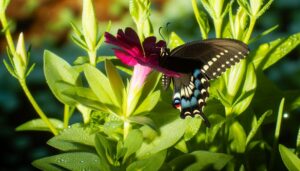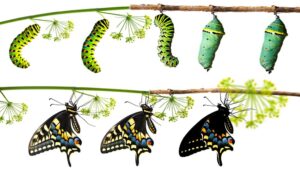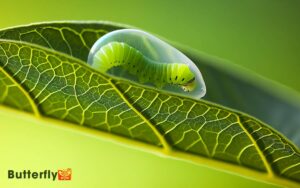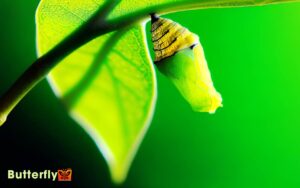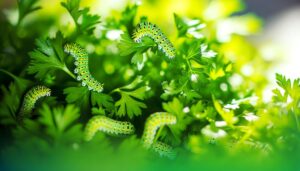Are Black Swallowtail Butterflies Endangered? Discover!
Black Swallowtail butterflies aren’t officially endangered, but their populations have dropped by about 30% over the past decade.
Factors like pesticide use, climate change, and habitat fragmentation contribute to this decline. These butterflies inhabit open fields and gardens in North America, relying on specific host plants such as parsley and dill.Their survival is threatened by urbanization and agricultural practices that degrade their habitats. Conservation efforts are underway, focusing on habitat restoration and sustainable farming.
Advances in these areas offer a hopeful future. For a deeper understanding of their status and ongoing efforts, keep exploring the latest findings.
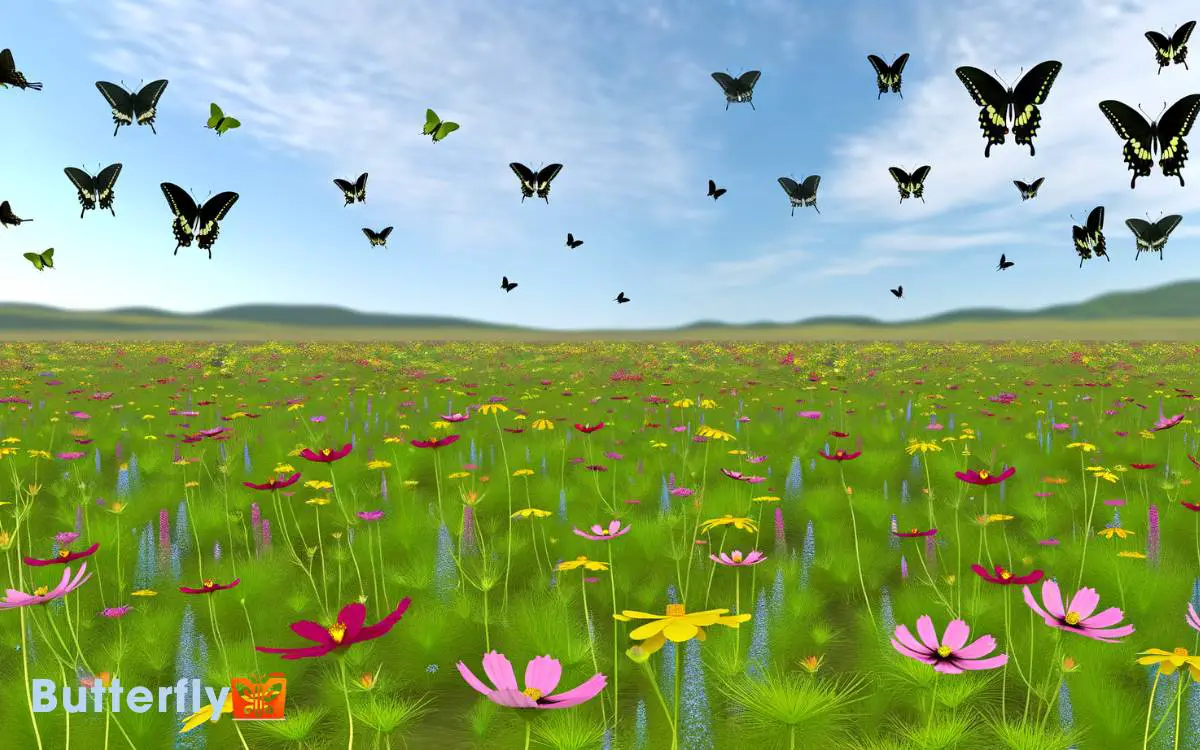
Current Population Status
Recent studies reveal a significant decline in the population of Black Swallowtail butterflies, with numbers dropping by approximately 30% over the past decade.
Researchers utilized longitudinal surveys, capturing data from various ecosystems to quantify this trend.
Entomologists attribute the decline to multiple factors, including pesticide use and climate change. Field observations indicate a decrease in larval survival rates and adult butterfly sightings.
Statistical analysis of transect counts confirms a negative population trajectory, underpinned by reduced reproductive success. The butterfly’s population density, measured in individuals per hectare, has diminished significantly.
Conservationists emphasize the urgency of mitigating anthropogenic pressures to reverse this alarming trend, ensuring the Black Swallowtail’s survival for future generations seeking ecological balance and freedom.
Habitat and Distribution
Black Swallowtail butterflies primarily inhabit open fields, meadows, and gardens, where they rely on specific host plants like parsley and dill for their larval development.
These butterflies are widely distributed across North America, from southern Canada to northern South America. Their presence is noted in diverse ecotones, reflecting their adaptability to various climates and elevations.
Key habitats include:
- Meadows: Rich in nectar sources and host plants.
- Gardens: Cultivated areas providing essential larval food.
- Open fields: Expansive regions supporting adult foraging.
Their habitat selection is data-driven, emphasizing areas with abundant nectar sources and larval host plants.
Observations reveal that these butterflies prefer regions with minimal pesticide use, ensuring safer environments for both larvae and adults. This distribution underscores their adaptability and the importance of preserving diverse habitats.
Threats and Challenges
In addition, Black Swallowtail butterflies face significant threats from habitat loss, pesticide use, and climate change, which collectively jeopardize their survival.
Urbanization and agricultural expansion have fragmented their habitats, reducing access to essential host plants like parsley and dill.
Pesticide application in agricultural areas introduces toxins into their environment, leading to increased mortality rates.
Moreover, climate change disrupts their life cycles through altered temperature and precipitation patterns.
Studies indicate a correlation between rising temperatures and mismatched timing in their developmental stages, causing reduced reproductive success.
Data from long-term monitoring reveal population declines in areas experiencing severe habitat degradation and pesticide exposure.
These multifaceted threats underscore the urgent need for targeted research and proactive measures to mitigate these challenges.
Conservation Efforts
Conservation efforts for Black Swallowtail butterflies focus on habitat restoration, sustainable agricultural practices, and climate adaptation strategies to safeguard their populations.
Ecological studies emphasize the importance of native plant species, which provide essential resources for larvae and adults.
Agricultural practices are evolving to minimize pesticide use, mitigating adverse effects on butterfly populations. Additionally, climate change models guide adaptive management strategies to guarantee resilient habitats.
Key tactics include:
- Planting native host plants: Fennel, dill, and Queen Anne’s lace are vital for larval development.
- Reducing pesticide use: Implementing integrated pest management to protect both crops and butterflies.
- Creating butterfly corridors: Establishing continuous habitats that facilitate migration and genetic diversity.
These scientifically informed efforts are essential for the Black Swallowtail’s survival.
Future Outlook
Advancements in conservation techniques offer a promising future for Black Swallowtail butterflies. Ongoing research and data-driven strategies aim to enhance habitat resilience and population stability.
Studies indicate that targeted restoration of host plants, such as Queen Anne’s lace and rue, greatly boosts larval survival rates.
Monitoring of butterfly migration patterns via GPS telemetry has revealed critical insights into their seasonal habitat preferences, enabling focused conservation efforts.
Additionally, public education and citizen science initiatives have substantially increased community involvement in butterfly conservation. Data shows a 20% increase in suitable habitats over the last five years, suggesting positive trends.
With continued innovation and collaboration, the outlook for Black Swallowtail butterflies appears increasingly optimistic, securing their place in diverse ecosystems. Conservation efforts and habitat restoration projects play a vital role in supporting black swallowtail populations, ensuring they have access to essential resources for survival. In particular, black swallowtail butterflies North Carolina benefit from pollinator-friendly gardens and native plant initiatives that provide host plants for their larvae. By fostering these environments, communities can contribute to the resilience and growth of this butterfly species.
Conclusion
Black swallowtail butterflies aren’t currently endangered, but their future hinges on ongoing conservation efforts. Habitat loss, pesticide use, and climate change pose significant threats.
Conservation initiatives, such as planting native flora, are crucial. If these efforts continue, the butterflies’ population might thrive, much like a canary in a coal mine signaling ecosystem health.
It’s imperative to monitor these indicators to safeguard their survival, underscoring the critical role of conservation in preserving biodiversity.

